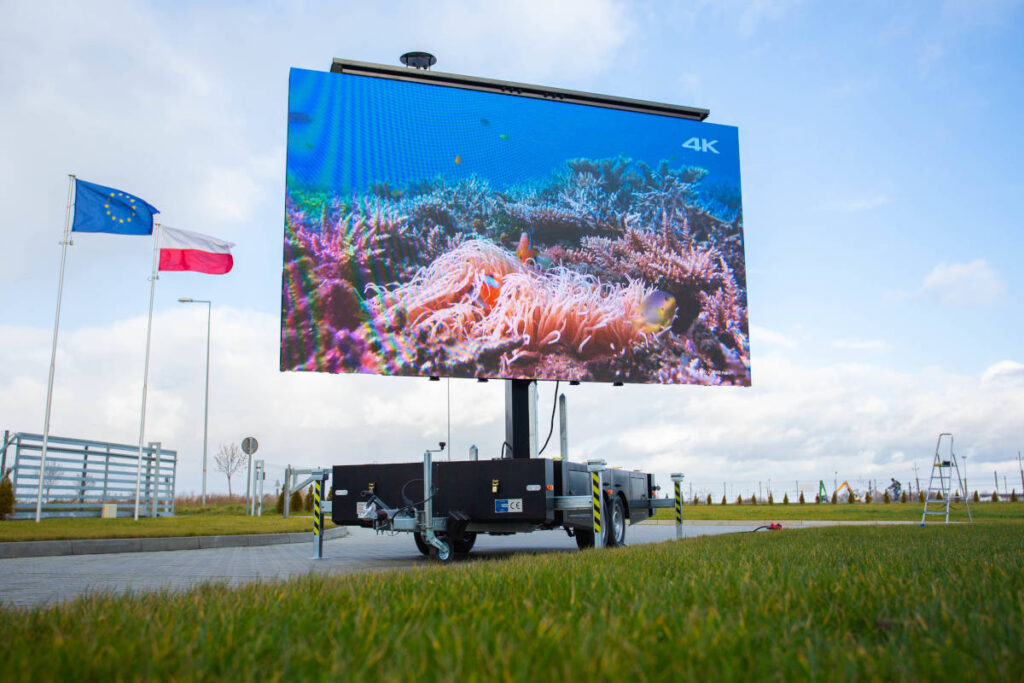LED display units have gained popularity for their ability to deliver high-quality imagery in multiple settings, from corporate environments to event venues. One of the most significant aspects of these panels is their connectivity options, which allow users to connect them to different devices and systems. Comprehending the broad input options available for LED wall panels is vital for enhancing their use and effectiveness. This discussion details these features, showcasing how they can cater to specific needs and preferences.

One common interface method for LED wall panels is High-Definition Multimedia Interface. High-Definition Multimedia Interface is widely recognized for transmitting high-quality video and audio streams between devices. This connection type is particularly beneficial in commercial settings, such as meeting spaces or training rooms, where presentations or video content are often shared. By using digital connectors, users can easily link laptops, projectors, and streaming devices to Light Emitting Diode wall panels, guaranteeing a clear and vibrant presentation of media.
Another popular connectivity method is DisplayPort, which is similar to HDMI but offers enhanced benefits. Display Port can support higher refresh rates and resolutions, making it an ideal choice for interactive media or graphic-intensive applications. For those using Light Emitting Diode wall panels in settings where output quality is critical, such as esports arenas or design studios, Display Port can provide the required visual quality. Additionally, many contemporary computers and graphics cards feature DisplayPort connections, making it a practical option for tech-savvy users.
In contrast to High-Definition Multimedia Interface and Display Port, wireless connectivity methods are becoming progressively common in Light Emitting Diode wall panel technology. Cable-free connections allow operators to transmit content without the need for physical cables, promoting a cleaner and more adaptable configuration. Platforms such as Wi-Fi and Bluetooth enable users to connect smartphones, tablets, and laptops seamlessly to Luminescent Diode wall panels without tangled wires. luxury LED installations This versatility is especially beneficial in dynamic environments like exhibitions or live functions, where rapid adjustments to displays are often required.
For larger installations or more intricate configurations, network connectivity through Ethernet is another reliable solution. Wired connections provide a stable and reliable way to connect multiple LED wall panels within a network. This setup is ideal for electronic display use cases found in retail centers or transport hubs, where multiple panels may need to display coordinated content across a broad area. By using network cabling and routing hardware, operators can guarantee that all linked panels receive consistent updates and information efficiently.
Finally, it's crucial to evaluate the future of connectivity with technologies such as USB-C and Thunderbolt 3. These newer connection types offer increased data transfer speeds and versatility by allowing one cable to handle both power delivery and data transmission. As more devices incorporate these protocols, Light Emitting Diode wall panels equipped with Type-C ports will likely become more prevalent. This evolution in connectivity not only enhances the functionality of LED wall panels but also aligns with the growing trend of minimalism in technology setups by check this reducing the number of cables needed.
In conclusion, exploring the diverse connectivity options available for LED wall panels uncovers many possibilities for users across multiple industries. From conventional methods like HDMI and DisplayPort to modern wireless solutions and network connections, each pathway serves specific functions suited to distinct needs. Furthermore, next-gen technologies like USB-C promise further advancements in how users interact with Luminescent Diode wall panels. By grasping these integration alternatives, end-users can make informed decisions that optimize their overall engagement with these multifunctional visual solutions.